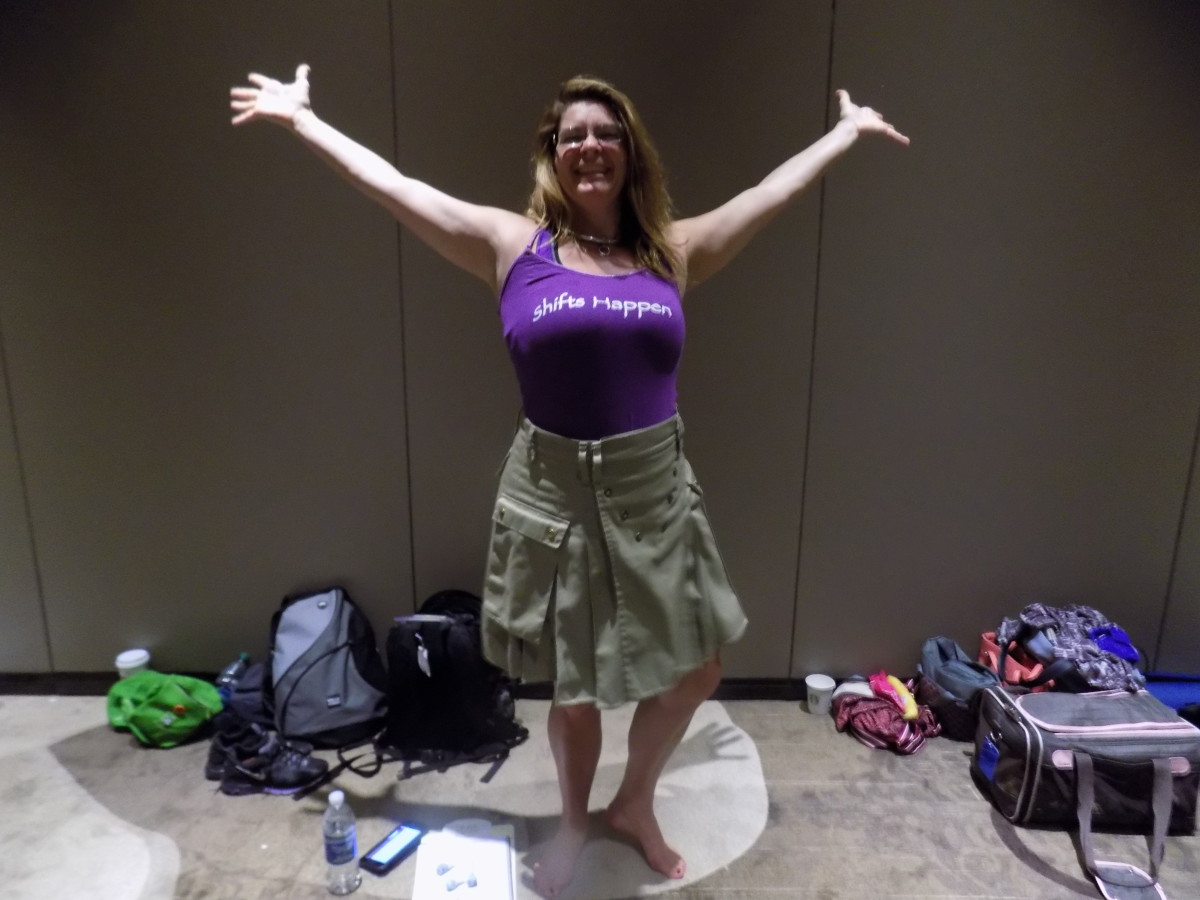Origin of yoga-Practice various yoga postures for health benefits
The origin and meaning of yoga
Yoga, the word comes from India, explains about the fusion of body and soul. It denotes 'oneness' The power of meditation, controlling the senses and breadth is explored by yoga over the centuries. Yoga, is a word comes from Sanskrit language which means to add, or to join. It denotes the union with divine. Yoga had been in practice in India since ancient times. However, the true origin of yoga has been a matter of debate, still it is said that it originated in India around 5000 years ago. The ancient sages used to practice yoga to attain salvation. In Tibet, people call themselves yoga practitioner rather than Buddhists. Yoga is about connecting with god, just as religion in western context. There are countless benefits and reasons to practice yoga. Over the last 30-40 years yoga is in focus especially in west, due its potential to keep both mental and body state perfect. Yoga is about meditation and spirituality. It tries to take out the ailments out of the body through a mode of spirituality. It connects the spiritual power, the divine force of the body to improve and maintain the body and mind. It recovers the body from state of illness through a very calm and stress less poses of asanas (exercise postures). Yoga emphasis on four things:
- Achar (Conduct and Character): It tells about one's conduct, moral values, truthfulness, compassion, chastity.
- Vichar (Perception): It tells about our thought process, the way we think. Bringing our thought process in practical actions, bringing positive attitude and perception towards life and removing negatives from life.
- Vyavhar ( Behavior): It tells about our actions and guides noble and truthful actions helpful for the nature and the mankind to survive.
- Ahar (Food): It tells about the bearing of food on our actions, body and mind. It co-relates the food and our mind. What we eat has a bearing on our mind and actions.
The basic principles of yoga:
- During yogasana, one should be breathing through nostrils and not through mouth except in sheetali and sheetakari pranayam.
- The duration of yoga should also be fixed to one's capacity. More importantly, yoga should be practiced in the morning and in the evening only in a fully ventilated area where fresh air is abundant to give fresh breathing to the mind and the soul.
- Yoga should be practiced in a meditative, calm posture. A complete silence is to observed during the practice of yoga.
- Asanas which are not fruitful in some ailments or can aggravate more negatives than positives should be avoided.
- Practice yoga with an empty stomach. A time difference of at least 4 hours if good to practice yoga in the evening.
- Consumption of alcohol, smoking, and other toxic products is a complete 'no' if you are practicing yoga.
Practice yoga for a healthy body and mind
Yoga can be practiced to improve your heart health and as a preventive measure. It is an alternative method of healing, various poses of yoga heals many other ailments. Yoga is a matter of research for many medical practitioners around the globe. Certainly, yoga has tremendous caliber to heal the body and mind. Diabetes, blood pressure problems, obesity, and even cancer is claimed to be treated by yoga. Yoga can be practiced after four hours of your meal or half and hour after a glass of juice or milk. Avoid having anything for next 30 minutes on the completion of yoga. There are eight aspects of yoga. This is called ashtanga yoga and one needs to be the master of all eight stages in order to reunite with the divine force. 'Yamas and niyamas', are the two first universal and individual moral restraints and guidelines. These two guides you for a healthy behaviour. The third is 'asana', it represents the postures and poses of yoga. The third limb of asana gives you flexibility and physical strength. Now, the fourth limb is 'pranayam', it is the mindful breathing. It gives you the power to control your emotions and mind. Studies shows, pranayam is helpful in the reduction of stress and some pulmonary diseases. Now, the fifth and the sixth limb is 'pratyhara' and 'dharna', it can be thought as turning inward and concentration. The seventh limb is 'dhyana' or 'meditation'. It has varied benefits and it is one of the most researched aspect of yoga, as it considered the master of all medicines treating hyper tension, blood pressure, anxiety. It is very helpful in stress management, anxiety, depression, cardiovascular diseases. The eighth and the final part of 'ashtanga' is 'samadhi', All the other limbs leads to samadhi which is the union of an individual with the object of meditation.
Yoga gives you flexibility, internal strength, physical strength, a natural glow on your face. The mental strength powered by yoga accompanies the physical flexibility and strength. Yoga can be practiced during pregnancy also up to the first 80- 90 days. Pranayam can be practiced without kumbhkam through out the pregnancy, it greatly helps during lab our.
Some of the yoga asanas for some common diseases:
- Arterial Hypertension: Shavasana, Uttan Tadasana
- Weight Loss: Chakrasana, Ardha Halasana
- Constipation: Uttan Padmasana, Halasana, Chakrasana, Sarvangasana,
- Diabetes: Halasana, Utthit Padmasana, Chakrasana,Shalabhasana, Dhaurasana
- Chronic Cold & Cough: Matsyasana
- Pain in back, neck & waist: Suptavajrasana, Merudhanada, Shithilikarana, Ardha Pavan Muktasana, Skandha Katiasana, Naukasana, Simhasana
- Menstrual Disorders: Halasana
- Arthritis: Setubandhasana, Skandha Katiasana, Uttan Tadasana, Katichalana, Shalabhasana
- Heart Diseases: Uttan Tadasana, Shavasana, Uttan Padasana, Bhujangasana
- Mental Disorders: Makrasana
- High Blood Pressure: Pashimottanasana, Shashankasana, Matsyasana, Shavasana
- Low Blood Pressure: Pavan Muktasana, Matsyasana, Shavasana
- Acidity: Pashimottanasana
- Headache: Pashimottanasana, Shashakasana
- Piles: Pashimottanasana, Vajrasana, Mayurasana, Shashankasana, Pavan Muktasana, Halasana
- Hip Joint Pain: Katishaktiasana
- Constipation: Uttan Padmasana, Sarvangasana, Halasana, Chakrasana
Precautions to be observed while practicing yoga:
Yoga helps in cultivating character, by good eating, cleansing, proper breathing, noble thinking, positive mind frame, and relaxation. One should remember the under mentioned do's and dont's :
- Wrong postures of yoga asanas can aggravate the problem- It is advised that yoga should be practiced under the supervision of an expert or professional. Correct poses develop positive changes in the mind and body.
- Pranayam is not advisable for weaker patients- Pranayam is all about holding your breadth for a longer bearable period, which could be harmful for weak patients. It can again aggravate the existing problem.
- Do not the wipe the sweating with a towel, instead use your palm to wipe off the sweat.
- Avoid any hard exercise like weightlifting, jogging, swimming, gymnastics after the asanas and pranayam. One should wait for at least 20 to 30 minutes after yoga to do other types of exercises.
- People suffering from serious medical problem like heart, high or low blood pressure should avoid asanas which may prove dangerous.
- It is advisable to practice yoga in the early morning or evening on a relatively empty stomach.
- Make a time schedule and capacity for yoga practice- One should be practicing yoga with a time capacity. For instance, Pranayam should be practiced for a lesser period initially and then gradually the time period can be increased. This can be applied to other asanas.
- Practice yoga on a clean mat, or carpet. Do not practice it on sofa or bed.
- Yoga should be practiced in a clean and calm area, where fresh air blows for fresh breathing of mind.







